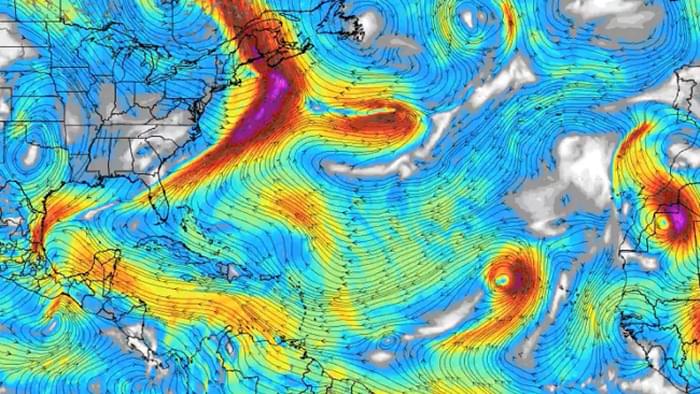Imagine you’re talking to a very smart assistant who gives you answers based on what you’ve said.
Attribute (or cite) statements generated by LLMs back to in-context information. — MadryLab/context-cite.





Footage making the rounds on social media shows what appear to be astonishingly lifelike humanoid robots posing at the World Robot Conference in Beijing last week.
But instead of showing off the latest and greatest in humanoid robotics, two of the “robots” turned out to be human women cosplaying as futuristic gynoids, presumably hired by animatronics company Ex-Robots.
“Many people think these are all robots without realizing they’re actually two human beings cosplayed as robots among the animatronics,” reporter Byron Wan tweeted.



About 2,890 kilometres beneath our feet lies a gigantic ball of liquid metal: our planet’s core. Scientists like me use the seismic waves created by earthquakes as a kind of ultrasound to “see” the shape and structure of the core.
Using a new way of studying these waves, my colleague Xiaolong Ma and I have made a surprising discovery: there is a large donut-shaped region of the core around the Equator, a few hundred kilometres thick, where seismic waves travel about 2% slower than in the rest of the core.
We think this region contains more lighter elements such as silicon and oxygen, and may play a crucial role in the vast currents of liquid metal running through the core that generate Earth’s magnetic field. Our results are published today in Science Advances.

In the digital realm, secrets (API keys, private keys, username and password combos, etc.) are the keys to the kingdom. But what if those keys were accidentally left out in the open in the very tools we use to collaborate every day?
A Single Secret Can Wreak Havoc
Imagine this: It’s a typical Tuesday in June 2024. Your dev team is knee-deep in sprints, Jira tickets are flying, and Slack is buzzing with the usual mix of cat memes and code snippets. Little do you know, buried in this digital chatter is a ticking time bomb – a plaintext credential that gives unfettered access to your company’s crown jewels.